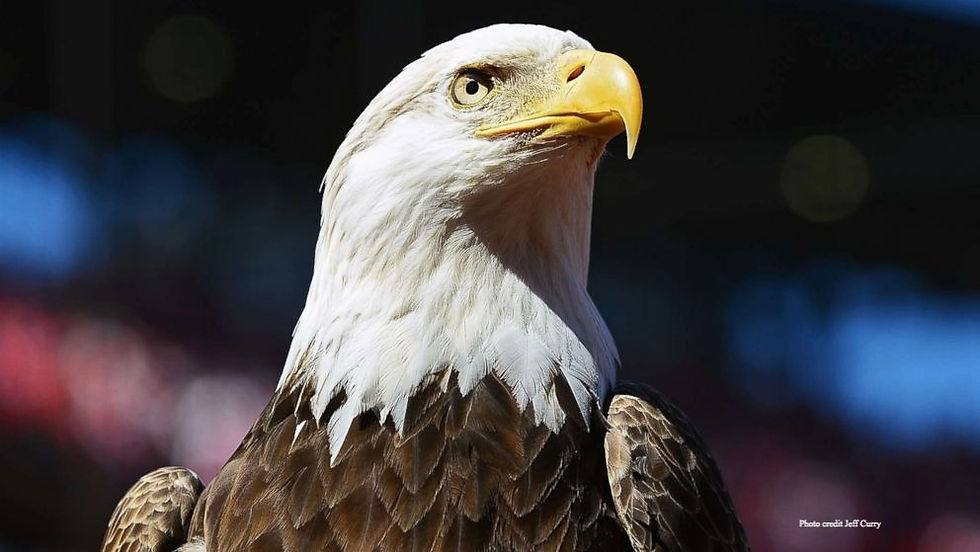CRITTER SPOTLIGHT: Common Snapping Turtle (Chelydra serpentina)
- cynthiamorissette
- Jun 14, 2020
- 2 min read
Good Morning Watershed Explorers,
Happy gorgeous Sunday! Today's critter spotlight is about a creature that has inhabited North America for 90 million years. It's Cheylydra serpentina the common snapping turtle.

The common snapping turtle is quite a creature. It ranges in size from about 7 to 18 inches in length and weighs anywhere from 8 to 35 pounds. It has a very powerful mouth even though it doesn't have any teeth. A snapping turtle's mouth is very bony and similar to a birds beak. Common snapping turtles use their very powerful mouths to chomp down on, and often kill prey with one vicious snap!
Common snapping turtles can live for about 30 years in the wild. The oldest snapping turtle in captivity was 47 years old. There was a study completed by the Institute for Demographic Research which found that most snapping turtles only live about 17 years in captivity. Snapping turtles are very solitary animals with many adaptations that allow them to live very well in their environment, which may be why they can survive longer in the wild.
A neat fact about Cheylydra serpentina is that it cannot pull its legs and head into its shell the way that many other turtles can. It's plastron (the hard plate that covers its stomach) is very small and leaves a lot of the turtle's body exposed. The snapping turtle's aggressive nature makes up for the lack of this defense.
Habitat:
Common snapping turtles live in fresh or brackish water. They prefer water that has a muddy bottom and lots of vegetation. This allows them to hide very easily. As seen in the episode of Breaking Trail, snapping turtles use algae for camouflage. Check it out https://www.youtube.com/watch?v=oBWKKDi1gp8
Diet:
Chelydra serpentina will eat just about anything. They are omnivores and eat a variety of plants and animals, including, but not limited to, aquatic plants, amphibians, birds, small mammals, reptiles, animal eggs, and mollusks. Snapping turtles will also bite the heads off other turtles, but this is viewed more as a territorial act as opposed to a feeding one.
Watershed Role:
Snapping turtles are tertiary consumers, this means that they are at the top of the food chain. They help to limit the amounts of other animals in the watershed area. If you are interested in learning about more animals and their spots on the pond food chain, click on the link below. These cards are for critters in New Mexico, but some of the critters are ones that we have here in Rhode Island. They are very well done and hopefully you find them useful. http://www.wildlife.state.nm.us/download/education/conservation/discover-curriculum/Pond-Life-Card-List.pdf
Here is a short video of the common snapping turtle that I was able to capture earlier this week. My family and I went on one of our scooping adventures at Frosty Hollow Pond in West Greenwich, and two snappers were out on the bank in the pouring rain. Enjoy!
As always, I hope that you enjoyed this critter spotlight, and if you have ideas for future posts, please email them to me at cmorissette@narrabay.com
Much love,
Mrs. Morissette






Comments